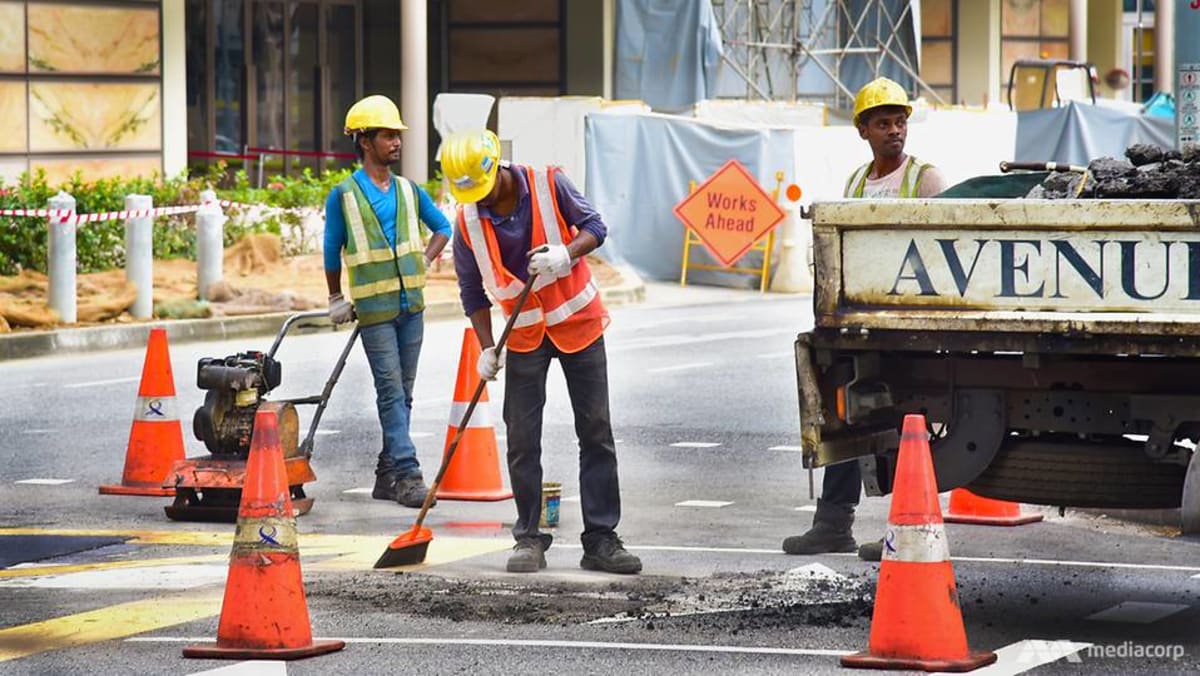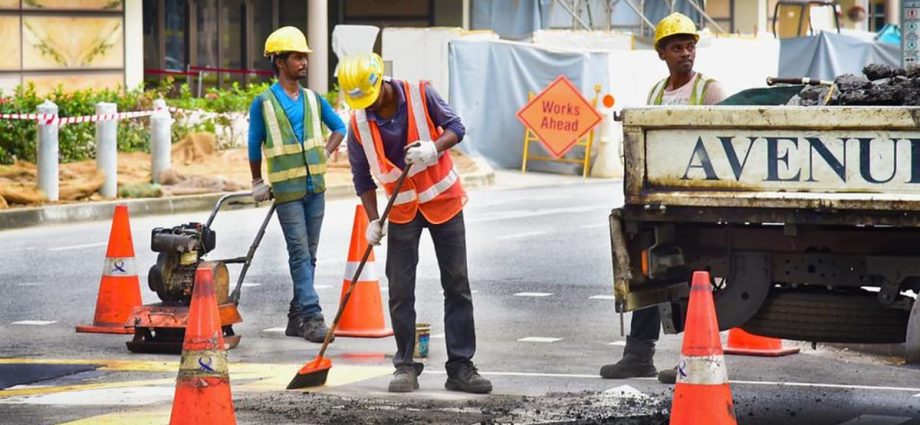
The fatality rate in 2022 was 1.3 per 100,000 workers, compared to 1.1 per 100,000 workers in 2021 and in 2019.
“Overall, the (heightened safety period) measures have helped to abate the spate of workplace fatalities,” Dr Tan said.
The annualised fatality rate per 100,000 workers was 1.5 for January to August last year and was reduced to 0.8 for September to December when the heightened safety measures were in place.
“This suggests that with sufficient resolve, the industry can keep the fatality rate below 1.0 per 100,000 workers, which is our WSH 2028 aspiration,” he said.
While the major injury rate for 2022 improved compared to previous years, the annualised major injury rate worsened during the heightened safety period.
“More needs to be done to bring us back on track to our WSH 2028 target of less than 12.0 per 100,000 workers,” he said. The rate was 17.3 in 2022, 18.5 in 2021 and 18.1 in 2019.
Last month, MOM said the number of major injuries increased from an average of 49.1 per month from January to August last year to 55.3 per month from September to December.
SECTOR PERFORMANCE
In the construction sector, there was a 21 per cent improvement in enforcement actions per inspection after introducing a harmonised set of disqualification criteria across public sector construction tenders and enhancing a demerit point system for construction companies, Dr Tan said.
But despite showing the “most improvement”, the construction industry remained the “top contributor” for workplace fatalities and major injuries in 2022, he said.
For the manufacturing sector, the monthly average number of fatal and major injuries increased during the heightened safety period.
The average number of major injuries in transportation and storage, and higher-risk services industries also worsened.
Of the fatal and major workplace injuries in 2022, 80 per cent were from traditionally higher-risk industries – construction, manufacturing, transportation and storage, and some service industries, Dr Tan said.
More than 60 per cent of fatalities were a result of falls from height, vehicular incidents and crane-related incidents. These were mainly due to inadequate control measures or safety procedures, poor implementation of control measures and unsafe behaviours.
Based on inspections last year, the MOM also found some common safety breaches to do with hoisting operations.
Examples include failing to ensure lifting equipment is properly tested and examined before use, lack of planning and establishment of lifting procedures and non-compliance to lifting plans.
“We will work with industry to study further how to address these gaps,” Dr Tan said.
Overall, Dr Tan said there has been some improvement, but “we need to remain alert and maintain our vigilance”.
“Every worker deserves a safe and healthy working environment.
“All of us, corporate senior leadership, industry associations, union leaders and workers, must continue to play our part to uplift WSH.”

